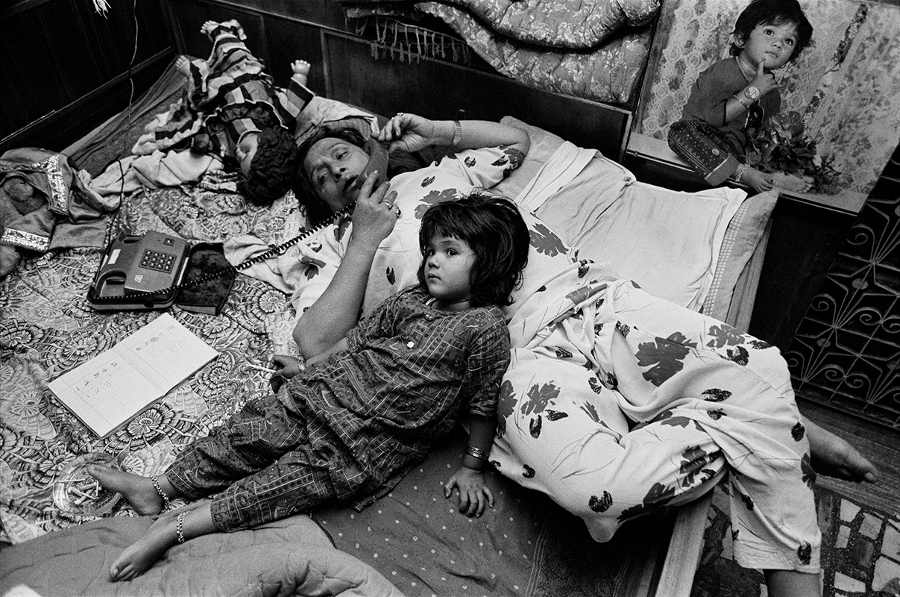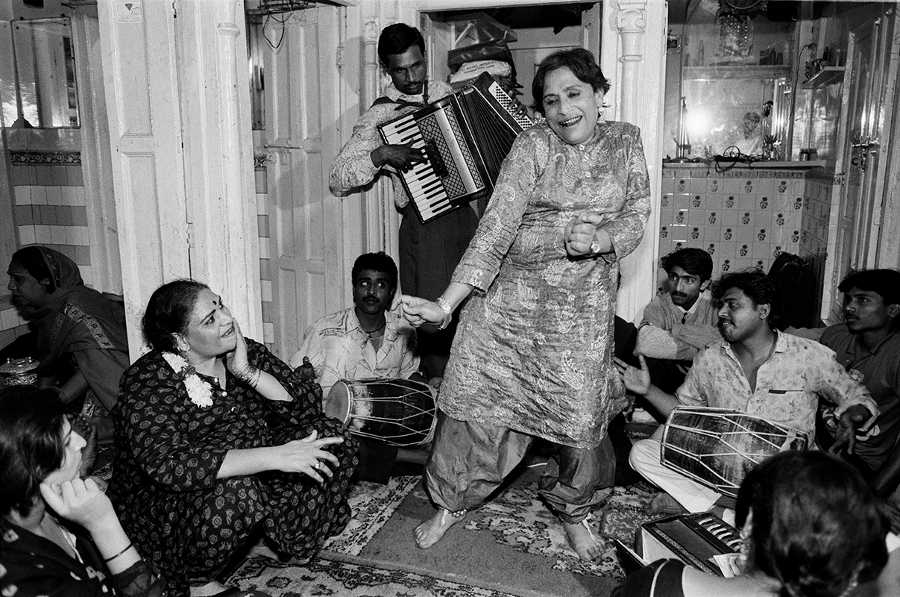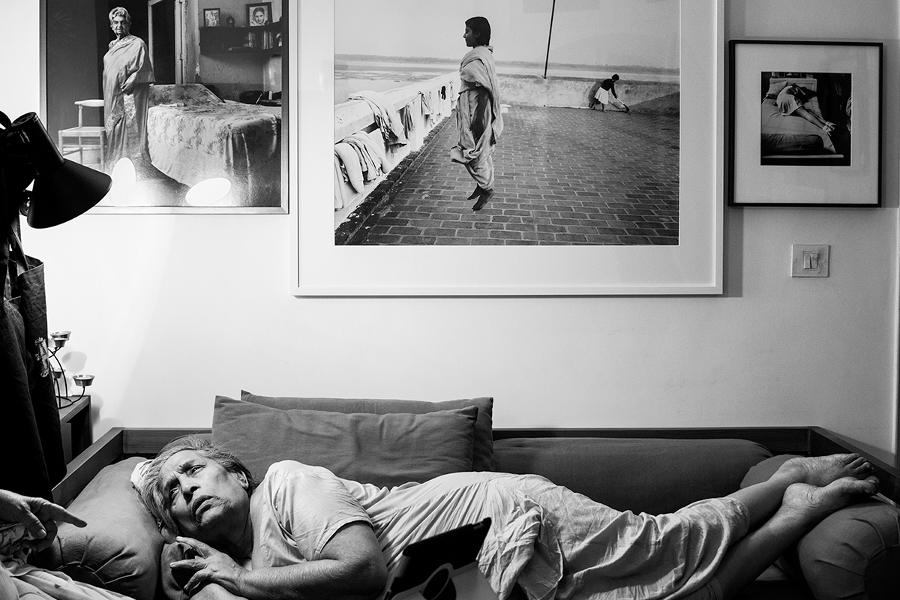
“She wanted to tell the story of being neither here nor there, neither male nor female, and finally, neither a eunuch nor someone like me. She would always ask me, ”Tell me: what am I?”
World-renowned photographer Dayanita Singh’s Myself Mona Ahmed is a bold, empathetic glimpse into the life of Mona Ahmed, who belongs to one of India’s many visible-yet-ignored communities, the eunuchs. Feared by some and revered by others for their supposed mysticism throughout Indian history, it would be unfair to say that they haven’t been documented sensitively through various mediums in recent times. Yet none cut quite as deep as Singh’s poignant portrayal of Mona over the course of so many years, parallel to their deepening relationship.

The two first met in 1989, when Singh was on a shooting assignment for London’s The Times. Speaking of the assignment in the introduction to her book, Singh says it started out as “a way to establish my credentials as a photojournalist, to show that I was on par with the boys in my male-dominated profession. When you work for the media, which tend to see India only as either exotic or disastrous, a story on eunuchs is a must, along with a story on prostitution, child labour, dowry deaths, and child marriage.”
However, the assignment didn’t proceed as planned. When Mona realised that the project was for the Times in London, she was concerned and asked that the film be returned to her—she had relatives in the UK who did not know she was a eunuch. Singh returned the film and Mona promptly threw it into the trash. While that put an end to the assignment, it was the beginning of a friendship whose importance in Singh’s life was not imminently clear.

See the whole article and more picture on
http://homegrown.co.in/from-eunuch-to-unique-this-photo-story-on-mona-ahmed-is-incredibly-poignant
Dayanita Singh studied Visual Communication at the National Institute of Design in Ahmedabad and Documentary Photography at the International Center of Photography in New York. She is best known for her captivating photographs of the less obvious side of Indian society. Her images of people working, celebrating, or resting show Indian life without embellishment and capture insights into contemporary life that often challenge the disaster or exotic stereotypes of the West.